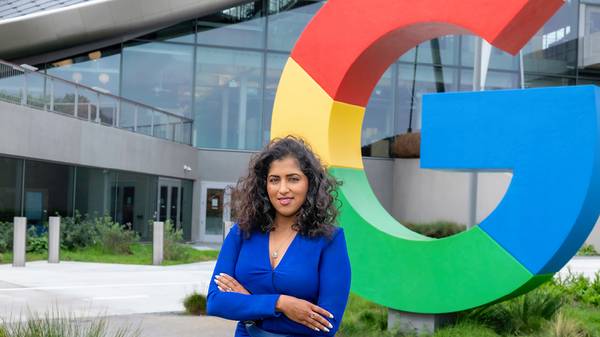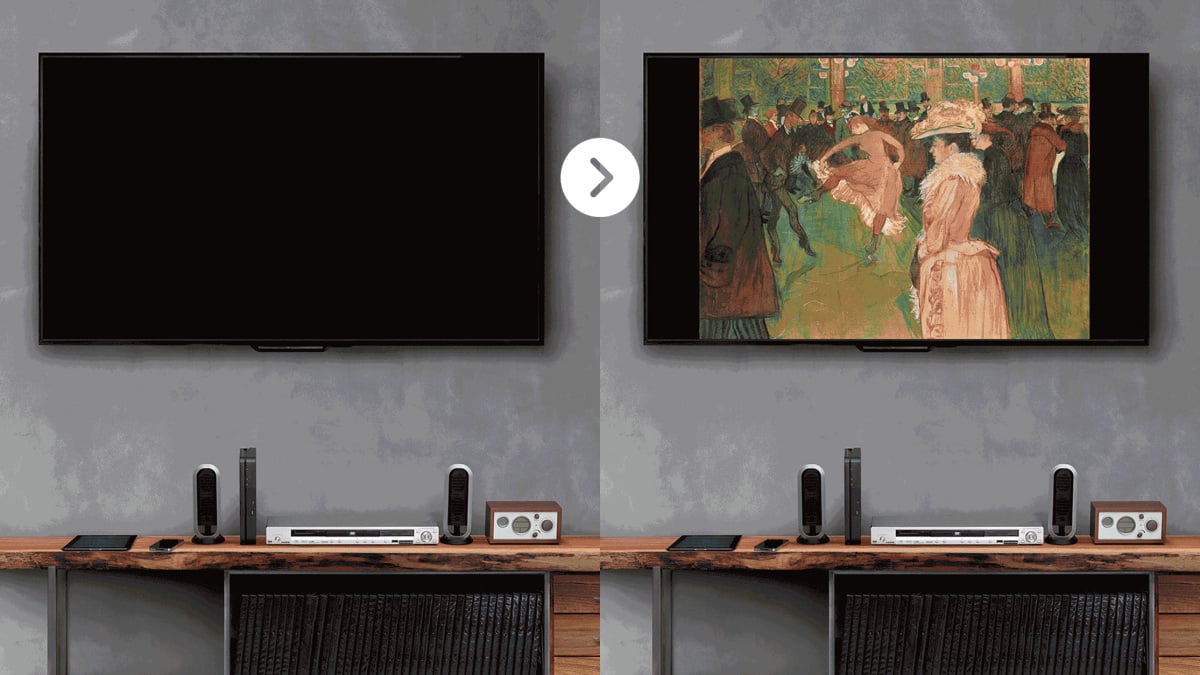
Part of why I joined Google Ads in 2019 is because I loved an ad I saw for a hotel when I was planning a family trip using Google.com — seriously. It was a relevant ad that helped me find what I needed, just as ads have done for billions of people. But, as an engineer, I marveled at the technology. It’s an extraordinary challenge to understand billions of queries, match them to advertisers’ campaigns, and serve relevant and engaging ads in a fraction of a second. I was fascinated by the challenges and opportunities in digital advertising and wanted to help drive its future.
Fast forward to today: I’m about 100 days into leading Google’s advertising business, during a time when technology is changing faster than I’ve seen at any point in my career. But not everything is changing. What makes advertising work — right customer, right ad, right time — is still the ultimate goal. People’s desire to explore and choose new products or services isn’t going away. Google’s mission to make information accessible to everyone isn’t changing, and ads play a crucial role in making that happen. Our industry will continue to be an incredible economic engine, and I’m excited to be part of shaping what’s next.
So, what is next? What is changing? If 2023 was about implementing new AI technologies, 2024 will be when AI really starts to supercharge every part of the advertising process, from campaign setup to ads experiences. I’m excited to share what we’re working on at our annual Google Marketing Live event on May 21 at 9 a.m. PT. But here’s how I’m thinking about our industry in 2024: AI is already unlocking potential for businesses and creating more helpful, privacy-safe advertising experiences — and it’s just getting started.
Tapping into AI’s potential
In an increasingly fragmented digital media landscape, delivering the right ad to the right customer at the right time isn’t easy. We need new techniques, and AI is helping deliver more effective ads at scale in this new landscape. Predictive AI has been simplifying our products and helping businesses get better performance for years. Language models have vastly improved our ability to understand and match user and advertiser intent, from keyword targeting to bidding optimization. In fact, 80% of Google’s customers are already using at least one AI-powered Search ads product.
Over the last year, we’ve been revolutionizing products with generative AI to help with everything from campaign management to creative assets. Our latest Gemini models are supporting an entire ecosystem of products, APIs, and platforms helping people, developers, and businesses. Ads recently announced our first features using Gemini models for Search and Performance Max campaigns, with more to come. These features will help advertisers drive performance with less effort — from generating keywords for targeting and text for creative assets to selecting the right images from their library — and advertisers will choose and approve assets saved to their campaigns.
Our latest models are built to be multimodal, so our products will be able to better understand across modalities to provide greatly enhanced suggestions. Imagine a small hotel like the one whose ad piqued my interest; let’s call it Casa Toscana. The owners want to advertise but don’t know where to start. All they would need to provide is basic inputs, like their website, images of rooms and amenities, videos if they have them, plus their budget and goals for the campaign. Our AI tools could be used to choose or generate creative assets — engaging text, eye-catching images, and compelling videos — to showcase the hotel. From there, our models could tailor campaigns to help Casa Toscana reach potential customers with relevant and visually engaging ads.
Gemini models will work in tandem with our other technology, like predictive AI for broad match keywords and conversion modeling. This will help advertisers show up on the most relevant search terms with the best creatives and optimize their performance. Only Google can provide that combination at scale. Expect to see more from us on this soon.
What’s possible right now? Let’s say I’m planning a trip to Hawaii with my kids. A query like, “what’s the first island I should visit in Hawaii,” provides a quick snapshot with links out to travel sites and a list of islands we might want to consider — a great starting point for my research. Let’s say I pick Kauai, since my kids and I love to hike. From there, I could do more research into activities and hotels, where relevant ads help me choose and book.
There could be even more possibilities in the future. Imagine seamlessly integrating ads into the AI-powered overview. In my example, I could see helpful ads for activities in the island descriptions, hotel options, and more. We could serve existing ads categories better, and significantly expand the categories where ads would be helpful.
When we started figuring out how, the answer was clear: AI unleashes new possibilities with privacy-preserving technology. When we have less data, AI helps to fill gaps. We’ve developed AI-powered products built on first-party relationships, machine learning, modeling, and other privacy-preserving technologies, such as the Privacy Sandbox APIs. To get the most out of these, there are some steps advertisers can take right now to get their measurement ready.
Certainly advertisers have other less privacy-safe options to obtain and use data (at their own risk), and advertisers’ decisions will shape the future of our industry. We are choosing to embrace privacy and trust as the way forward for the people who use Google’s products and for the future of the ads-supported web. AI allows us to do more with less data. We’re committed to building AI responsibly, and we believe AI should be regulated in the spirit of safety and innovation.
We’ve navigated transformative moments in advertising before, but this is a new level of change. We are going to be bold as we test new solutions, see what works and what doesn’t, and make principled decisions as we move forward. Along the way, we want to hear about where businesses need help and where we can do better.
Change opens the door to new ways for people to find what they’re looking for, and new ways for businesses to showcase their brands and grow. I’d like for us to walk through that door together.
Next up: I can’t think of a better place for us to start that journey than at Google Marketing Live. It’s where we come together every year to connect, take stock of the industry, and showcase some of our latest AI-powered innovations. I hope to see you there.
This year’s Google Marketing Live will be broadcast live from our Bay View campus in Mountain View, California, on Tuesday, May 21 at 9 a.m. PT. Register to join us at our global live stream. We’ll also host live and local events from NYC to LA to Tokyo to Dublin.


